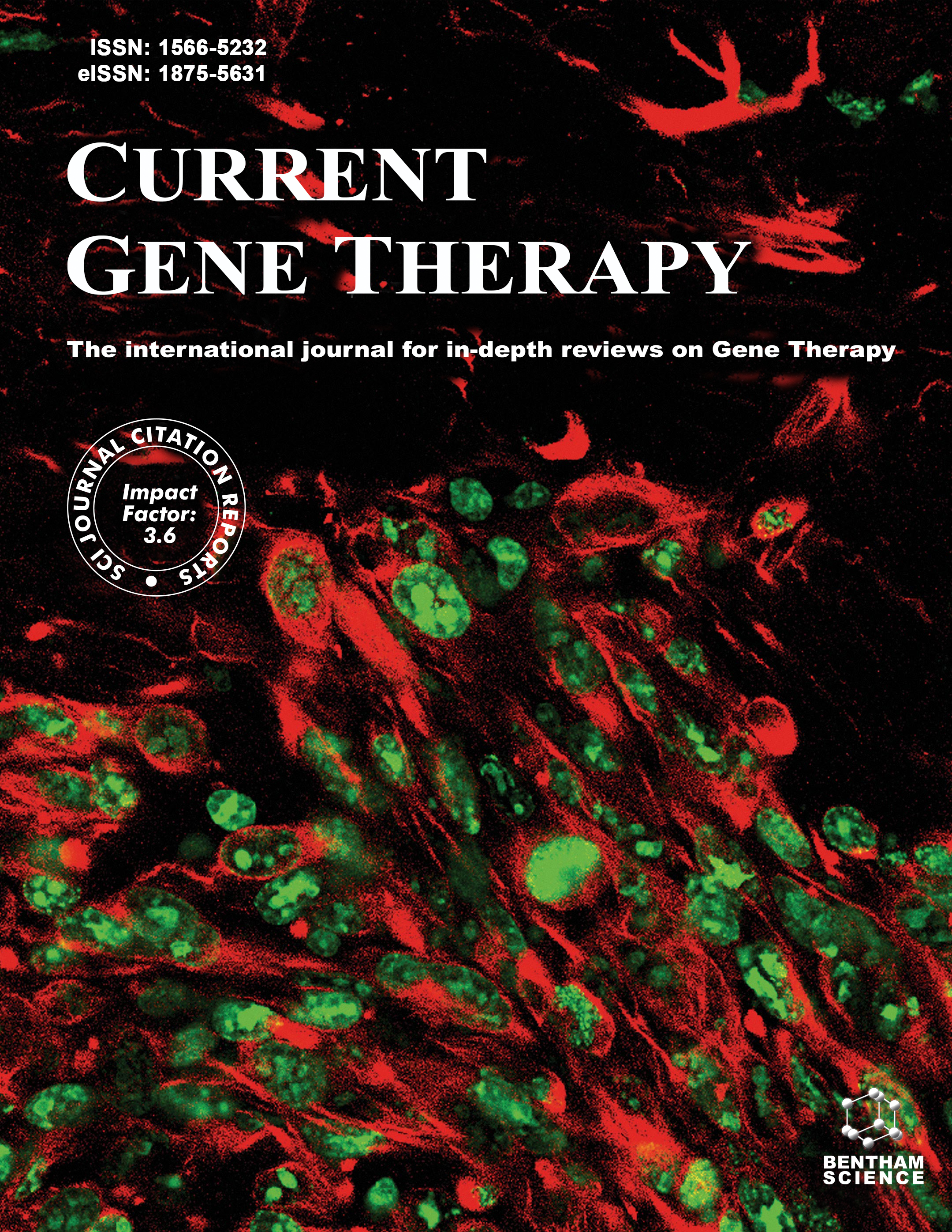
Full text loading...

Using predicted drug sensitivity scores as survival biomarkers may improve precision medicine and overcome the limitations of genomically guided approaches in clinical trials.
Pan-Cancer Drug Sensitivity Score Survival Analysis (DrugSurvPlot) is an interactive, login-free web analyzer built with R (v4.3.1), leveraging the Shiny package for interface/server logic, the DT package for data table queries/downloads, and the survival package for survival analysis. Data preprocessing was performed using OncoPredict, enabling users to export processed tables and results.
DrugSurvPlot integrates 189 GEO datasets (including 10 immune checkpoint inhibitor treatment datasets) and 33 TCGA datasets, totaling 85,531 records across 52 cancer types and 13 survival status data types, while incorporating 198 anticancer drugs from GDSC2. This tool supports two cutoff strategies for drug sensitivity scores, offers advanced survival analysis methods, and enables customizable high-definition visualization of results.
DrugSurvPlot represents a significant advancement in computational oncology by establishing predicted drug sensitivity scores as novel prognostic biomarkers for tumor survival analysis. This interactive platform integrates comprehensive datasets spanning 198 anticancer drugs and 52 cancer types, while providing researchers with intuitive tools for generating publication-ready Kaplan-Meier analyses. Current limitations in drug repertoire coverage and dataset diversity will be addressed through ongoing expansion of pharmacological databases and incorporation of emerging data modalities, including single-cell transcriptomics.
In summary, DrugSurvPlot offers a no-code platform with comprehensive datasets, diverse cancer coverage, and customizable survival analysis, addressing critical research gaps. Continuous enhancements will improve predictive accuracy and clinical utility, establishing it as an evolving powerhouse in drug-survival investigations.

Article metrics loading...

Full text loading...
References


Data & Media loading...
Supplements